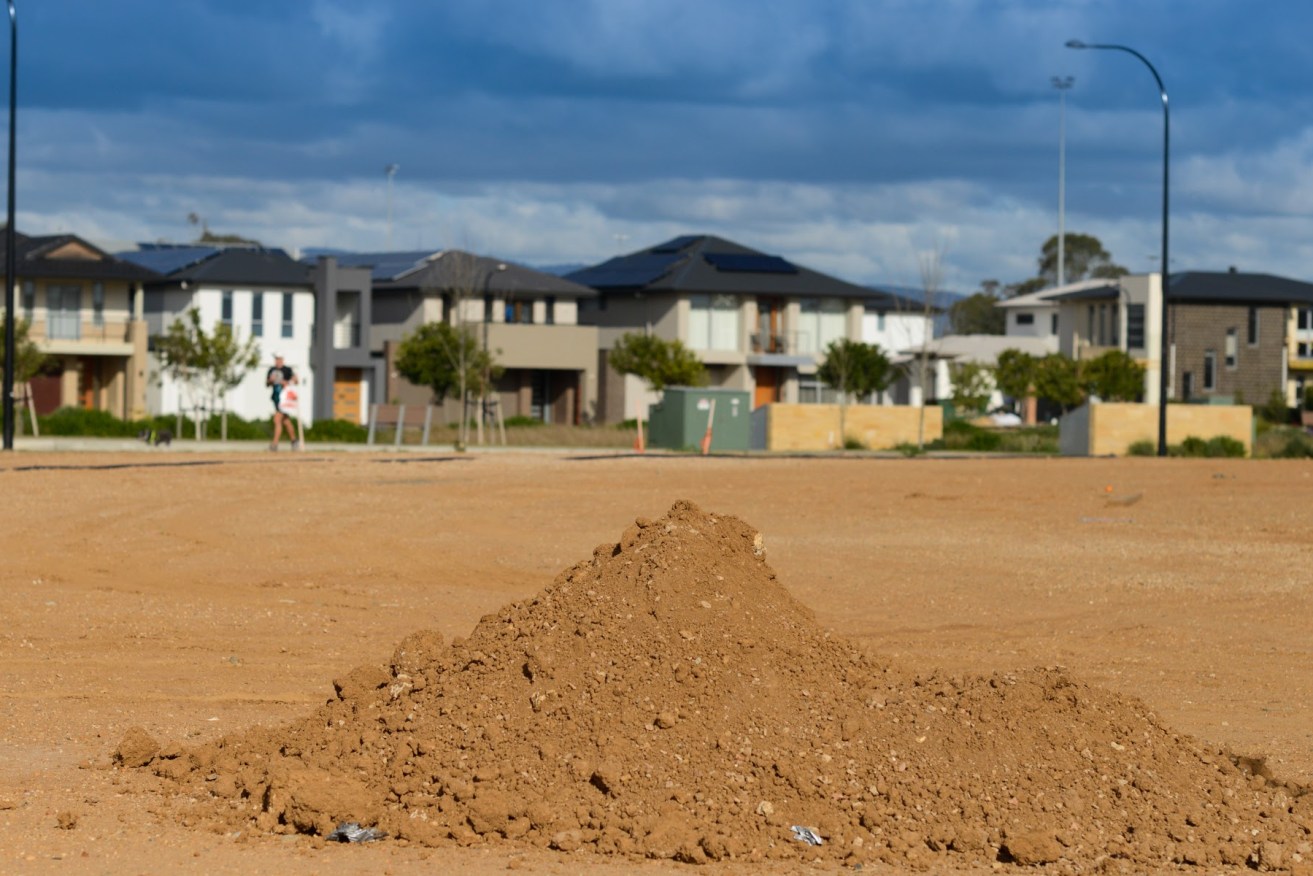Cracking up: SA’s nation-leading house faults
South Australia has the country’s highest proportion of houses with structural problems including cracked ceilings and floors – with some peculiarly local factors to blame.

Photo: InDaily
Australian Bureau of Statistics data shows 12.2 per cent of South Australian houses have structural problems, compared with a national average of 11 per cent.
South Australia also has the highest proportion of houses with major ceiling or floor cracks – 6.5 per cent – compared to second-placed Northern Territory (5.4 per cent) and third-placed ACT (5 per cent).
Other states and territories topped South Australia when it came to the proportion of houses with sinking or moving foundations, walls or windows out of plumb and major plumbing problems.
The data was collected from a sample of 15,011 households across Australia over 2019-20, including 2349 South Australian households.
Master Builders Association CEO Will Frogley said there were several possible reasons why South Australian houses were more likely to have faults, but he denied the state was a “structural problem hotspot”.
“Adelaide has much more reactive clay soils that predominate the inner ring, city and north-eastern suburbs where a lot of older housing stock is located,” he told InDaily.
“We also have a number of main fault lines affecting various parts of the city, namely the Para Fault, Hope Valley Fault, Burnside Fault, Eden Fault, Brown Hills Fault, Clarendon Fault and Crafers Fault.
“That said, South Australia is only marginally higher than New South Wales and Victoria (both 11.8 per cent) and Queensland (11.6 per cent).”
Eastern Adelaide is known for having “Bay of Biscay” soil – a highly-reactive clay soil that significantly shrinks during dry spells and swells during times of heavy rainfall.
Older buildings are more likely to be susceptible to structural damage from soil movement.
Frogley said construction methods varied between Australian capital cities, with Adelaide houses mostly built with solid masonry on dwarf wall footing systems or raft slabs.
He said Melbourne and Brisbane’s older housing stock was comparatively lightweight.
“Digging down into the age of housing stock and location from the sample would have been more useful to truly understand whether there is any reflection on construction practices I the last 40 years,” he said.




